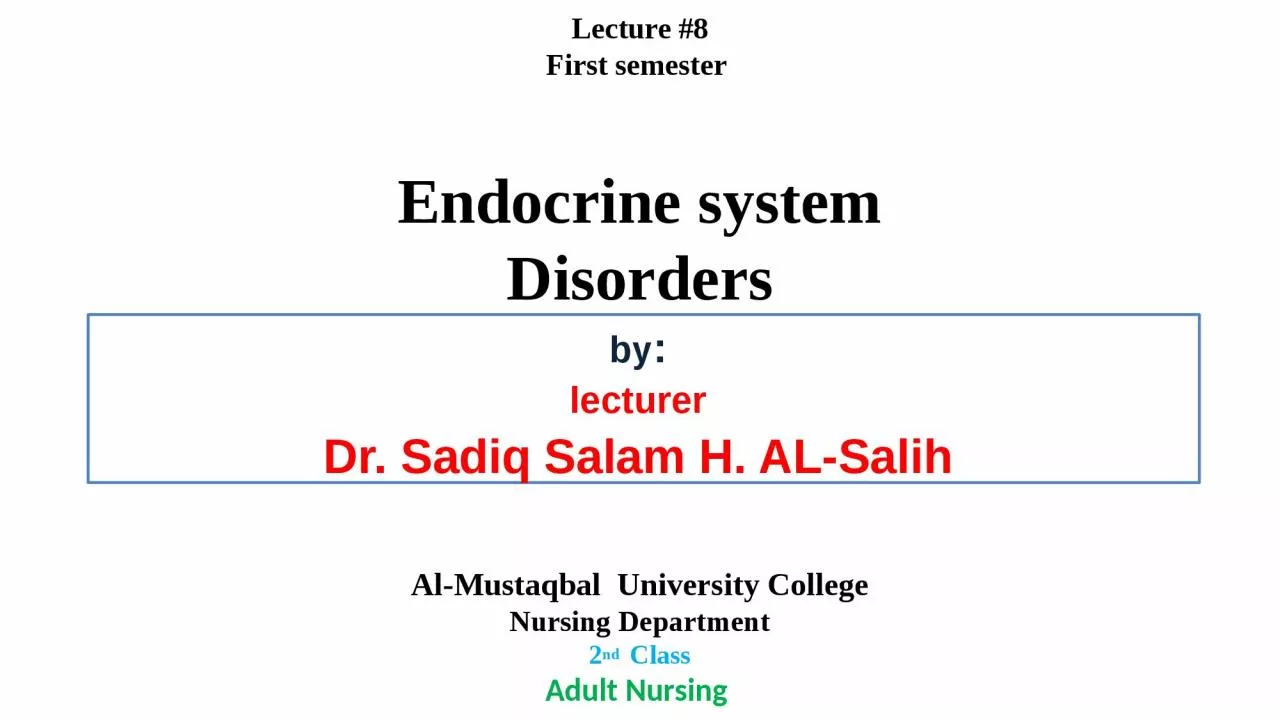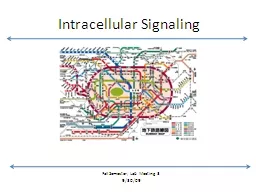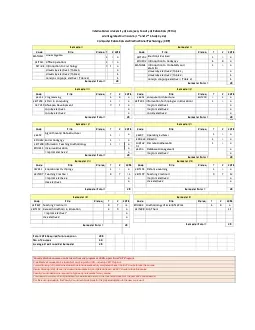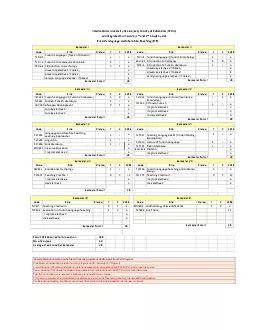PPT-Lecture #8 First semester
Author : felicity | Published Date : 2023-11-22
Endocrine system Disorders Al Mustaqbal University College Nursing Department 2 nd Class Adult Nursing by lecturer Dr Sadiq Salam H ALSalih The endocrine system
Presentation Embed Code
Download Presentation
Download Presentation The PPT/PDF document "Lecture #8 First semester" is the property of its rightful owner. Permission is granted to download and print the materials on this website for personal, non-commercial use only, and to display it on your personal computer provided you do not modify the materials and that you retain all copyright notices contained in the materials. By downloading content from our website, you accept the terms of this agreement.
Lecture #8 First semester: Transcript
Download Rules Of Document
"Lecture #8 First semester"The content belongs to its owner. You may download and print it for personal use, without modification, and keep all copyright notices. By downloading, you agree to these terms.
Related Documents














